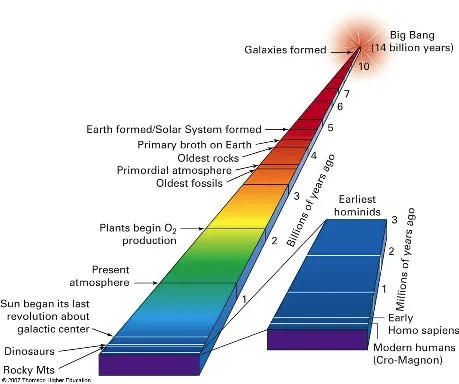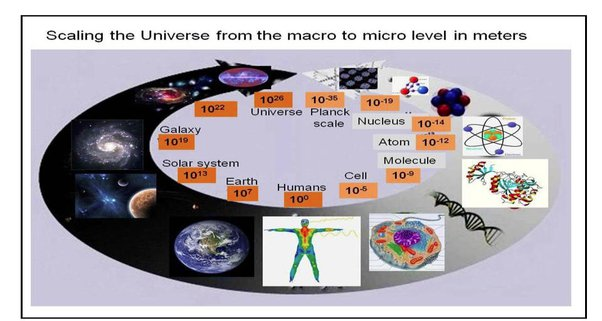



Tau.Neutrino said:
So, small beer then?
https://sweetteascience.com/2012/04/13/scale-matters-but-what-about-time/
https://www.quora.com/How-big-is-a-human-relative-to-the-size-of-the-known-universe
https://prezi.com/ij4rdqtkodpt/the-scale-of-the-universe/
Tau.Neutrino said:
https://sweetteascience.com/2012/04/13/scale-matters-but-what-about-time/https://www.quora.com/How-big-is-a-human-relative-to-the-size-of-the-known-universe
https://prezi.com/ij4rdqtkodpt/the-scale-of-the-universe/
So why does the bible tell us it is ours to do what we want with?
roughbarked said:
Tau.Neutrino said:
https://sweetteascience.com/2012/04/13/scale-matters-but-what-about-time/https://www.quora.com/How-big-is-a-human-relative-to-the-size-of-the-known-universe
https://prezi.com/ij4rdqtkodpt/the-scale-of-the-universe/
So why does the bible tell us it is ours to do what we want with?
wait… God knew all along that we’d send it all to farken outer space.
I’m reading this book ATM called The Life of the Cosmos by Lee Smolin. Its on Ebay for around $18
https://en.wikipedia.org/wiki/The_Life_of_the_Cosmos
In the book, Smolin details his Fecund universes which applies the principle of natural selection to the birth of universes. Smolin posits that the collapse of black holes could lead to the creation of a new universe. This daughter universe would have fundamental constants and parameters similar to that of the parent universe though with some changes, providing for both inheritance and mutations as required by natural selection. However, while there is no direct analogue to Darwinian selective pressures, it is theorised that a universe with “unsuccessful” parameters will reach heat death before being able to reproduce, meaning that certain universal parameters become more likely than others.
Is cosmological natural selection a theory? Yes, because it is testable. The theory predicts that Nature’s parameters should be optimized for black hole production. Hence if one changes a coupling constant or a particle mass, the number of black holes should decrease. Theorists can analyze the effects of such a variation through calculations and computer simulations. Unfortunately, it is currently quite difficult to perform such an analysis because a change in a parameter affects the Universe in many disparate ways. Consider varying Newton’s gravitational constant, for example. The rate of expansion of the Universe, the collapsing processes that build stars, stellar evolutions and supernova production would all change. There are about 20 parameters that can be varied. Since each may be increased or decreased, there are about 40 tests of the cosmological natural selection principle. The chances that Smolin’s theory can accidentally survive all 40 tests is 1 in 2^40 or about 1 in a trillion. The Life of the Cosmos is well written in a highly intellectual style. For example, here are some sentences from a typical paragraph: “. . . If we were interested only in feeling better about ourselves, we might be happy to jump from vitalism to a kind of pantheism according to which life exists because the universe is itself alive. But our goal should be more than inventing a story that explains what we are doing in the universe. . . . What is needed is a deeper understanding of what both life and the universe are that allows us to comprehend why it is natural to find one inhabited by the other.”A sci-fi book of mine had this alien spaceship land in a beautifully tendered garden on Earth. As they alighted from their ship the gardener came by and seeing a group of tiny crawlies sprayed them with an insecticide to tragically end our first Close Encounters of the Third Kind.
If the Observable universe is 
could the unobservable universe stretch out to  or even
or even 
Somewhere I have a much better scale than this. It goes all the way down past the size of cells, atoms, atomic nuclei and axions to the Planck length.
It was from a website that had all manner of scales, such as from the least expensive to the most expensive material. I haven’t seen these scales in more than a decade. But I did download them.
On the size scale, the largest black hole, Phoenix A at 1×1011 is nearly the same size as our solar system.
